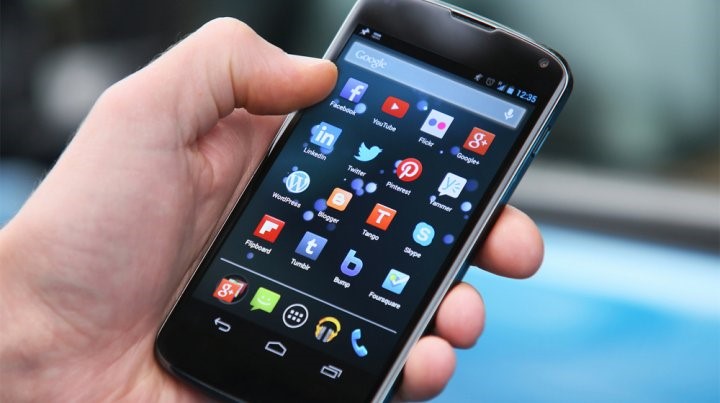What is freshness capacity for produce and what do cell phones have to do with it?
You look at your cell phone and the battery indicator says it’s about half-charged. How long will the battery last? An hour? A day? You don’t know because it all depends on how the phone is being used. The average cell phone battery charge will last a single day, given normal use. But what about fresh produce?
If you’re just texting, the battery might last the rest of the day. If you’re watching videos or playing a compute-intensive game, it might last you 30 minutes. How long a cell phone battery will last is determined by its total capacity and is impacted by the type and length of use. We keep an eye on our phone use based on our phone’s battery capacity to make sure we don’t run out of power.
The point is, a single check of the battery gauge at any given moment doesn’t indicate the phone’s future performance or remaining battery life.
Freshness Capacity is Like a Cell Phone Battery
This is analogous to fresh produce such as berries and leafy greens. Like your cell phone’s battery capacity, each type of produce has a “freshness capacity” – that is the maximum amount of time the product will remain fresh before spoiling. For strawberries, for example, it’s about twelve days in optimal circumstances. This freshness capacity is dependent on the berries and whether or not they are harvested in ideal conditions and immediately cooled to the desired temperature (about 34° F). Additionally, freshness is also contingent on if the temperature of the produce is maintained throughout handling and transit to the retailer.
Unlike your cell phone, strawberries don’t have a monitor for you to know the berries’ remaining shelf-life. It’s virtually impossible to look at a pallet of strawberries and accurately determine if it has four days of shelf-life or eight days of shelf life. You might be able to make a “best guess” but it’s only a guess unless you know the pallet’s condition from the time it was harvested to the moment it’s at your local grocery store. Data shows that legacy approaches, such as visual inspection, pulping or temperature data loggers, “guess remaining shelf-life wrong” about one third of the time. Relying on tools like old-style data loggers to gauge the remaining freshness of produce is not possible because time, temperature and processing all impact the produce’s remaining freshness and shelf-life and spoilage cues aren’t visible until it’s too late to preserve your produce.
By relying on these legacy approaches, one-third of product is delivered to retailers with insufficient shelf life for sell through and meet customer satisfaction. One-third of the produce will go to waste.
How to Reduce Food Waste
To reduce or prevent this waste we need to proactively and dynamically monitor the freshness capacity of our produce, similar to how we monitor our phone’s battery and power capacity. And just like various cell phone batteries differ, each pallet of produce can be different in terms of remaining freshness.
To effectively measure the produce’s freshness capacity and accurately determine remaining shelf-life, you need a metric. Zest Fresh for Produce offers the industry’s first metric to measure and manage the freshness (or shelf-life) capacity of product in cold supply chain – the ZIPR Code. The ZIPR Code is analogous to the battery indicator on your cell phone, providing you with information about the dynamic remaining shelf-life of your product. This enables proactive management such as intelligent pallet-routing to ensure that all pallets are delivered to the retailer with sufficient freshness capacity for sell through and customer satisfaction.
With Zest Fresh, your produce’s “battery” will never go dead you’ll reduce waste and improve delivered freshness and product margins.


